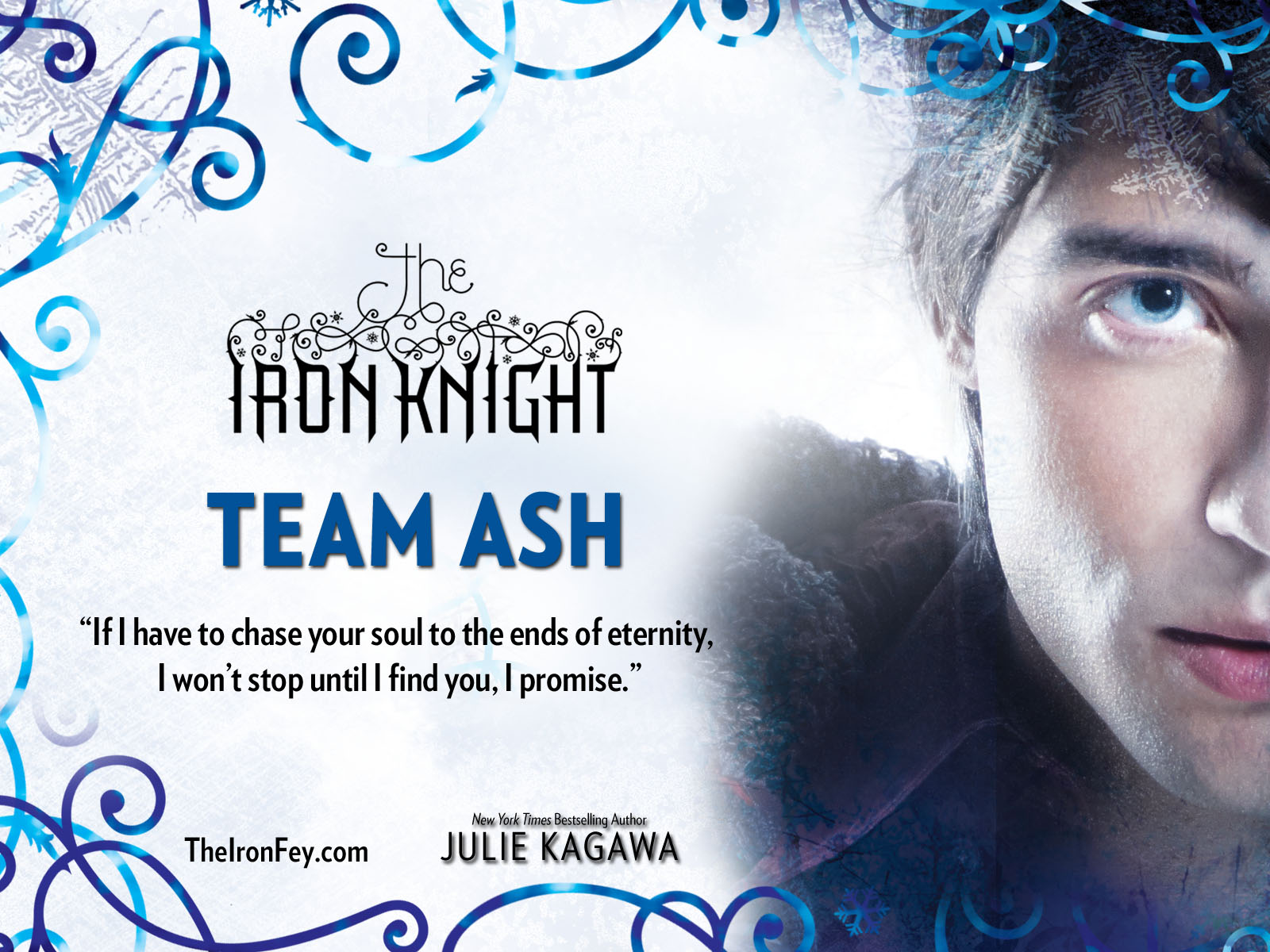Debut novelist Kiki Hamilton takes readers from the gritty slums and glittering ballrooms of Victorian London to the beguiling but menacing Otherworld of the Fey in this spellbinding tale of romance, suspense, and danger.
The year is 1871, and Tiki has been making a home for herself and her family of orphans in a deserted hideaway adjoining Charing Cross Station in central London. Their only means of survival is by picking pockets. One December night, Tiki steals a ring, and sets off a chain of events that could lead to all-out war with the Fey. For the ring belongs to Queen Victoria, and it binds the rulers of England and the realm of Faerie to peace. With the ring missing, a rebel group of faeries hopes to break the treaty with dark magic and blood—Tiki’s blood.
Unbeknownst to Tiki, she is being watched—and protected—by Rieker, a fellow thief who suspects she is involved in the disappearance of the ring. Rieker has secrets of his own, and Tiki is not all that she appears to be. Her very existence haunts Prince Leopold, the Queen’s son, who is driven to know more about the mysterious mark that encircles her wrist.
Prince, pauper, and thief—all must work together to secure the treaty… (from Goodreads)
So. Don't be fooled by the cover. It's okay, doesn't stand out in a crowd or anything like that, but the book is so much better than that. (Yes, I know, I always have to be picky about something.)
I adore paranormal-ish books set in history. To me, they're usually way more interesting, and The Faerie Ring's setting didn't disappoint. Victorian London, and I liked how some historical figures (like Prince Leopold) appeared as characters. Plus, there was even a masked ball, which might have been my favorite part of the book. One part, anyway.
Tiki was a pretty good narrator. The only thing that bothered me about her was her name; to me, it doesn't sound very old-fashioned. Character-wise, she was great. I love how she didn't abandon Clara and the others when dealing with the fey. She's strong when she needs to be, but her past gave her have a soft and sympathetic heart under her tough exterior.
And Rieker. Oh Rieker. There's really no other way to describe him. This was one book where I actually liked the romance. It was more of a first-love romance and we watch Tiki falling for him for about half of the book instead of the insta-love that happens so often today in YA books. I'm not saying that those are bad; I'm just saying that this was a refreshing change. It was easy to see he really cares for her, and he didn't stop her from doing anything he thought was too dangerous.
Larkin was, to put it simply, insane. Her whole character is pretty much a spoiler, so I won't say anything more than that.
My only problem with it (a minor one, really) was that the ending felt a bit rushed to me. It ended so quickly and so neatly that I thought it was a stand alone novel. But I heard that there's going to be a sequel. I can't wait to read it, and I'll be looking for more of Hamilton's future books.
This is one of the most original books (along with Daughter of Smoke and Bone and The Name of the Star) that I've read all year.










